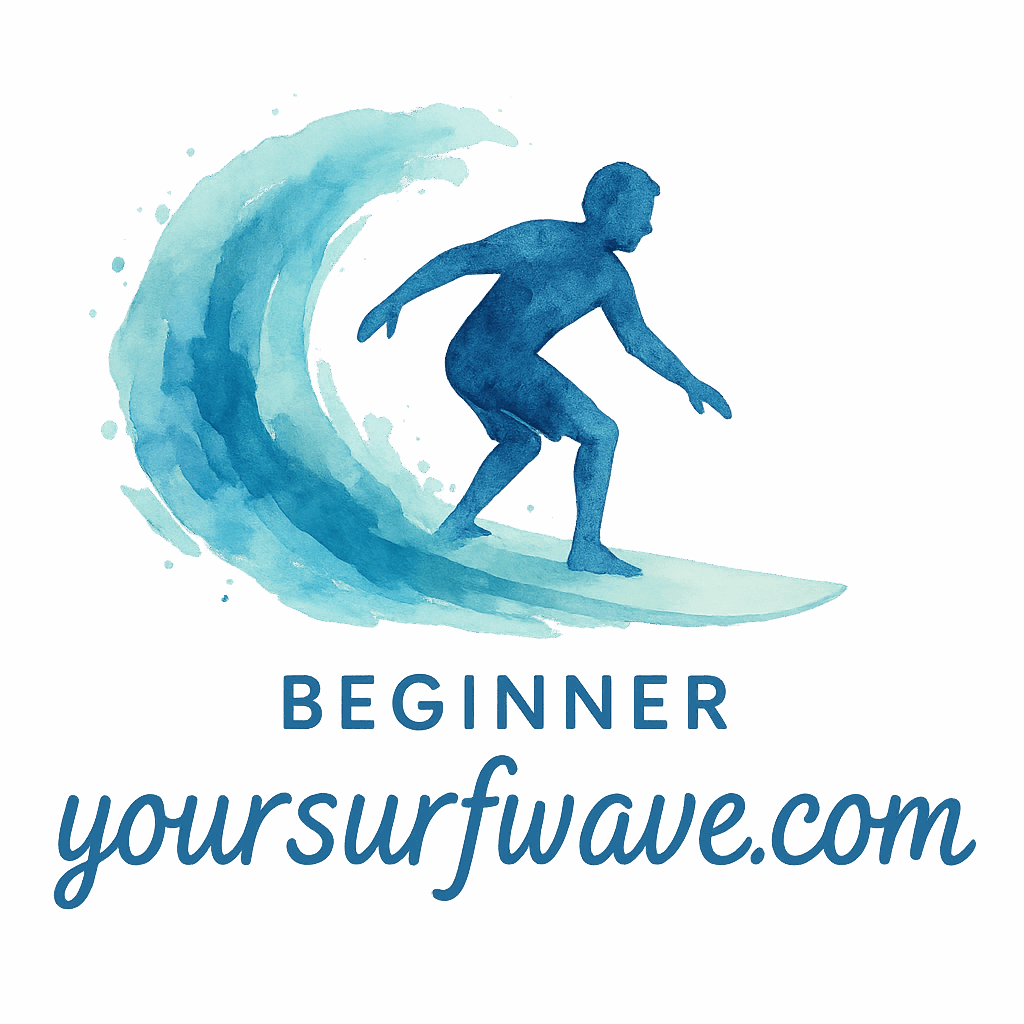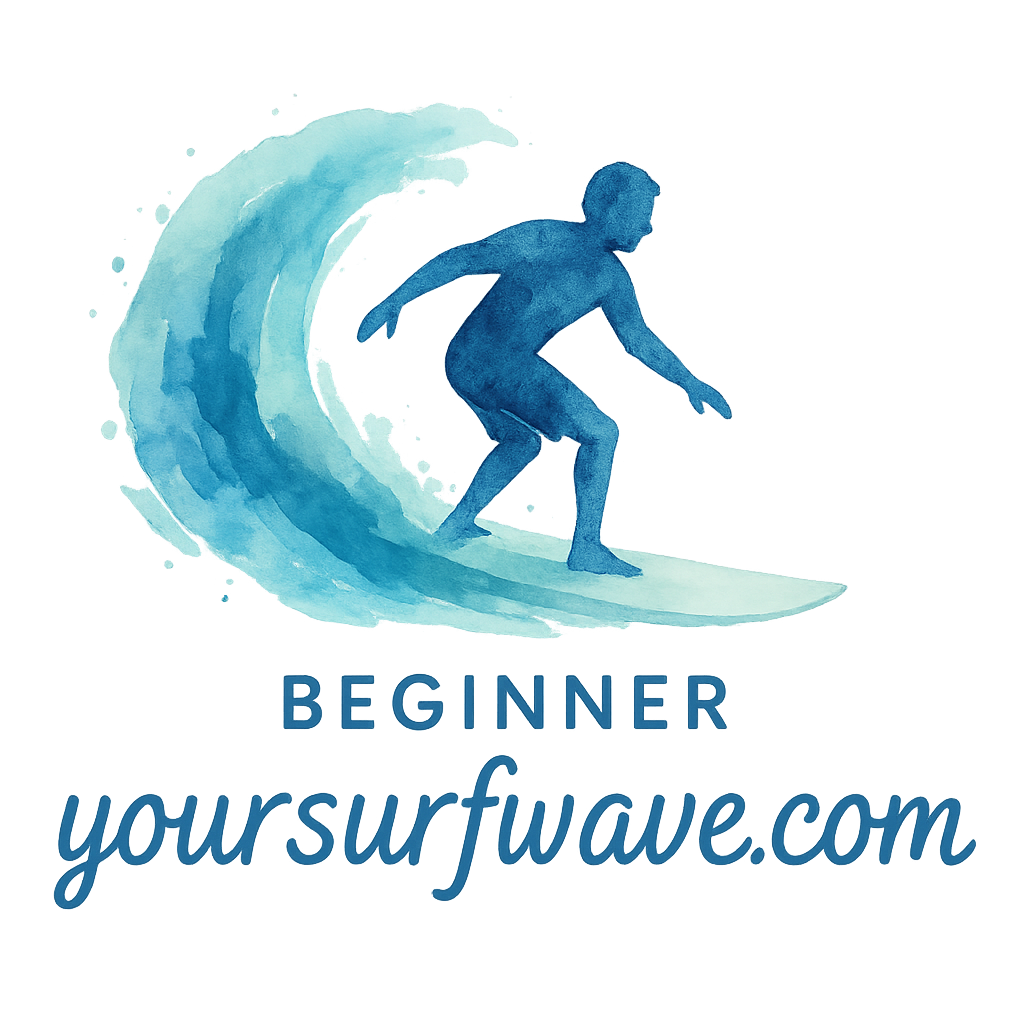Why Breathing Techniques Matter in Surfing
Breathing might be the most underrated surf skill out there. Sure, we all breathe — but how many of us do it right, especially when we’re wiped out, paddling for a set, or freezing in cold water? Whether you’re a beginner or pushing into intermediate waves, mastering breathwork can boost your performance, increase your lung capacity, and help you stay calm in gnarly situations.
Surfers who train their breath don’t just survive the wave — they thrive in it.
Explore more beginner tips at YourSurfWave.com and keep reading to unlock next-level breathing hacks.
The Link Between Breath and Performance
Your breath is tied directly to your nervous system. Fast, shallow breathing tells your body you’re in danger. Controlled, deep breathing sends the opposite message — that you’re safe, steady, and focused. Which do you think is better when you’re staring down a big set?
Managing Anxiety in the Lineup
We’ve all been there — heart pounding, chest tight, questioning our ability. Proper breathwork gives you the power to regulate fear and anxiety, helping you stay cool even when the surf gets heavy.
Getting Started with Surf Breathing
Awareness is the First Step
Before trying anything fancy, just notice your breath. Are you breathing through your chest or your belly? Through your nose or your mouth? Awareness is the foundation of improvement.
Breathing Posture Matters
Slouching restricts lung function. Stand tall, roll your shoulders back, and let your diaphragm expand. Good posture = better breath.
1. Diaphragmatic Breathing (Belly Breathing)
How to Do It
- Lie down or sit upright.
- Place one hand on your chest, one on your belly.
- Inhale slowly through your nose. The hand on your belly should rise.
- Exhale through your mouth, letting your belly fall.
Why It Helps Surfers
This technique increases oxygen intake and helps conserve energy during long paddling sessions. It’s also perfect pre-surf to calm your nerves.
Try it before you paddle out and check more gear prep ideas at YourSurfWave.com/surf-gear.
2. Box Breathing
Step-by-Step Guide
- Inhale for 4 seconds
- Hold for 4 seconds
- Exhale for 4 seconds
- Hold again for 4 seconds
- Repeat for 5 minutes
Ideal Situations to Use Box Breathing
This Navy SEAL-favorite technique is a go-to for mental clarity before paddling into a tricky lineup. It slows the heart rate and sharpens focus — great when you’re out of your comfort zone.
3. The Wim Hof Method
The Technique Explained
30 deep breaths, a long exhale hold, then inhale and hold again. Do this over 3 rounds. It may leave you light-headed — that’s normal (just stay seated!).
Benefits for Cold-Water Surfers
This method helps build CO2 tolerance and fight cold water shock — a huge benefit if you’re surfing icy locations like Oregon or Nova Scotia.
Interested in surf fitness? Don’t miss the breath-hack workouts at YourSurfWave.com/surf-fitness.

4. CO2 Tolerance Training
Understanding Breath Holds
Start by taking a full breath, then slowly exhale and hold as long as comfortable. As your CO2 tolerance increases, your panic response in hold-downs decreases.
Safety First!
Never train CO2 holds in water or alone. Always have a buddy. This is performance training, not a party trick.
For more about beginner wellness, see YourSurfWave.com/tag/beginner-wellness.
5. Pursed-Lip Breathing
Simple Technique, Big Benefits
- Inhale slowly through your nose for 2 seconds
- Purse your lips like you’re blowing out a candle
- Exhale slowly for 4-6 seconds
Best Time to Use It While Surfing
After a gnarly wipeout or long hold-down, use this technique to regain control and reduce panic.
6. Alternate Nostril Breathing
Ancient Yet Effective
- Close your right nostril, inhale left
- Close left, exhale right
- Inhale right, close, exhale left
- Repeat for several cycles
How It Calms the Nervous System
This yoga breathing calms the fight-or-flight system, bringing your body back to balance. Try it before a surf session or even during stretching at home.
Explore more mental surfing benefits at YourSurfWave.com/tag/surfing-therapy.
7. Breath Ladder Training
Combining Movement and Breath
Example: Do 10 strokes of paddling, hold your breath for 10 seconds, then breathe. Increase each round by 5 strokes and 5 seconds.
Enhancing Paddle Endurance
Great for building surf-specific stamina. Try it during dryland paddling drills or pool training.
Build your endurance with at-home workouts and indoor exercises.
8. Tactical Breathing (Combat Breathing)
Stay Calm Under Pressure
A simple version: Inhale through the nose for 4, exhale through the mouth for 4. That’s it.
When to Use It in the Surf
Use it before you drop into a bigger wave or during duck dives. Helps reset your nervous system and builds in-the-moment confidence.
9. Breath Recovery Technique (BRT)
For Fast Recovery After a Wipeout
Right after resurfacing:
- Inhale through the nose for 1-2 seconds
- Forceful exhale through the mouth
- Repeat for a few rounds
Rapid Oxygen Reset
Perfect for when you need to reset fast and paddle back out. It flushes CO2 and brings oxygen back into your system efficiently.
Common Mistakes Surfers Make with Breathing
- Holding breath during duck dives
- Chest-breathing instead of belly breathing
- Forgetting to train breathing consistently
- Trying advanced methods without building a base
How to Create a Daily Breath Training Routine
Sample Beginner Routine
- Morning (5 min) – Diaphragmatic breathing
- Afternoon (5 min) – Box or alternate nostril breathing
- Evening (5 min) – Wim Hof or BRT cool down
When Will You See Results?
Usually within 2–3 weeks of consistent practice. You’ll paddle longer, recover faster, and feel more in control.
For more surf lifestyle habits, check out YourSurfWave.com/surf-lifestyle.
Conclusion
Breathing isn’t just something you do — it’s a skill you train. These 9 breathing techniques aren’t just about staying alive in a hold-down; they’re about enhancing your surfing from the inside out. Master your breath, and you’ll master your mindset, endurance, and performance in the water.
Explore more surfing techniques and tools at YourSurfWave.com.
FAQs
1. What is the best breathing technique for beginners?
Diaphragmatic (belly) breathing is the best place to start. It’s simple and powerful.
2. Can breath training really help me surf longer?
Absolutely! It increases lung efficiency and endurance, especially useful for paddling.
3. How often should I practice these techniques?
Aim for at least 10–15 minutes a day for noticeable improvement.
4. Is the Wim Hof Method safe?
It’s safe if practiced correctly and not in water. Always sit or lie down while doing it.
5. Are these techniques good for anxiety while surfing?
Yes! Many help lower heart rate and reduce the stress response.
6. Should I do these before or after surfing?
Both! Use calming techniques before, and recovery breathing after a session.
7. Where can I learn more about surf fitness and gear?
Visit YourSurfWave.com/surf-fitness and YourSurfWave.com/surf-gear for everything from training to equipment reviews.


